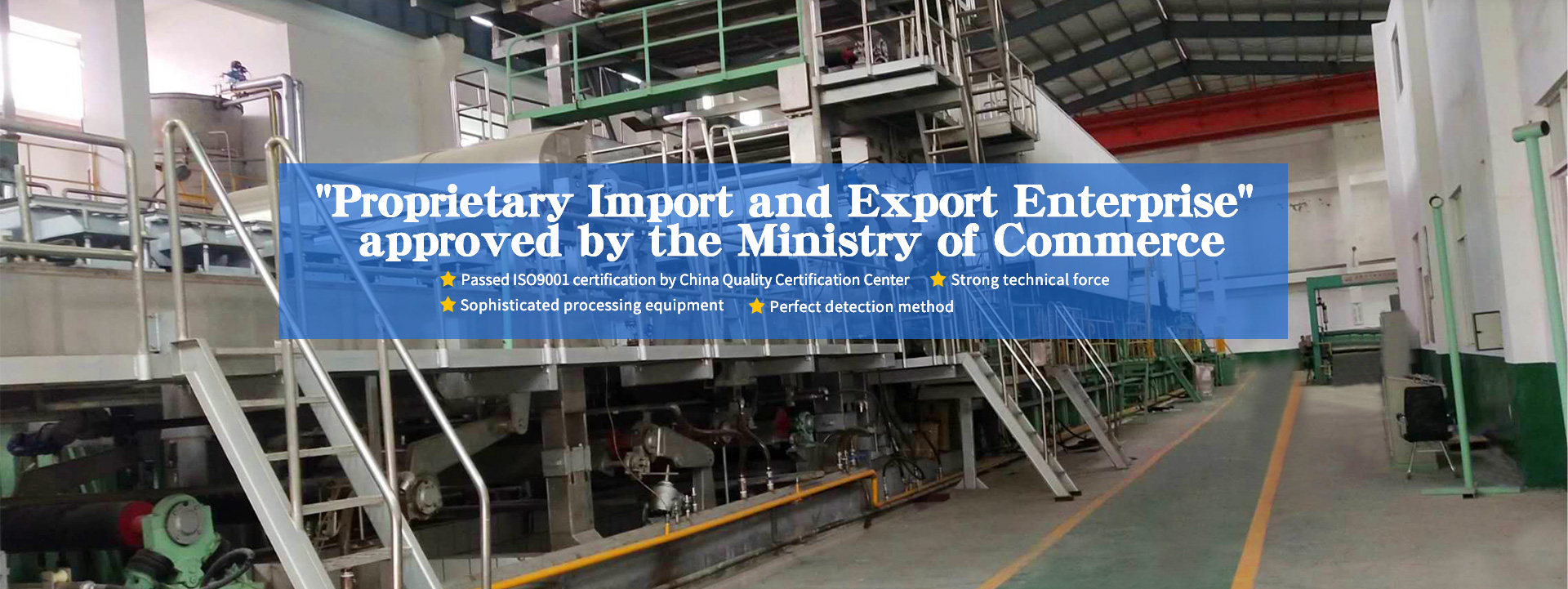Many paper problems in the wet end of papermaking, find the cause here
The wet end of the paper machine is an interaction system of fibers, water, chemicals, auxiliary materials, fillers, and ionic charges. Every effort should be made to maintain balance and control.
1. Clean water should only enter the main white sink with little impact;
- The amount of water added should be recorded;
2. Poor mixing and stirring in the white water tank may cause stratification and precipitation of heavy components;
3. If the white water tank is too small, there may be excessive fresh water input;
- The tank capacity must match the amount of lost paper;
4. Check the low concentration of white water for filters or white water recovery devices that are not working well;
5. The change of thick pulp concentration and/or freeness will cause imbalance:
- In high concentration storage tank: concentration target value;
- Target value of freeness:
- Softwood: within 30CSF;
- Hardwood: within 20CSF;
6. ??The quantity and quality of the slurry must be uniform;
- Check the inherent performance of the batching equipment;
- Regularly calibrate the flowmeter;
7. Poor control of damaged paper density:
-The damaged paper should enter the system after being screened and measured, just like other components;
-The capacity of the damaged paper pool should be able to maintain 1.5 times the continuous output of the pump (usually, 6% concentration for 6 hours);
- When the machine is turned on normally, the lost paper pool should run at about 1/3 of the capacity;
8. Control anionic waste. The source of harmful dissolved substances is in the paper machine or flow system:
-Clean water- (corrosive acid, bactericide, surfactant)
- Pulp- (residual lignin compounds, hemicellulose, fatty acids and rosin acids, latex, starch and fungicides)
- Filler- (dispersant, bactericide)
-Accessories-(starch, CMC, organic acids, dyes, fungicides, dispersants, wet and dry strength agents, retention aids, etc.)
9. Screening/purification system
-The holes or defects caused by the slurry or sediment passing through the screen basket will cause breakage;
-to ensure that the pulp residue does not return to the main paper stream;
-Rough castings or protruding gaskets at the exit of the screen basket can cause waste;
-sieve overload is never acceptable;
- Check the top and cone of the cleaner;
10. Wet end chemical system;
- Check for sludge deposits and starch spots;
-Check for undissolved retention aids, defoamers, etc.;
- Ensure that the auxiliary materials are completely filtered before entering the slurry system;
11. Pollutants from resin and slurries;
- Ensure that the pulping and pumping systems are properly equipped;
- Check whether the pipe size and speed are correct;
- Avoid the use of horizontal long pipes that tend to gather fine fibers and fillers;
- Eliminate any "dead corners" in the pumping piping system;
- Avoid excessive air entrainment in the system;
- As a potential source of sediment or agglomeration, check the condition and cleanliness of the paper rope;
- Maintain uniform temperature and pH;
Note:
1: Wet end chemistry is an interactive and complex system composed of fibers, water, chemical auxiliary materials, fillers and ionic charges-acting simultaneously, seeking stability, and destabilizing;
 Chinese
Chinese English
English








